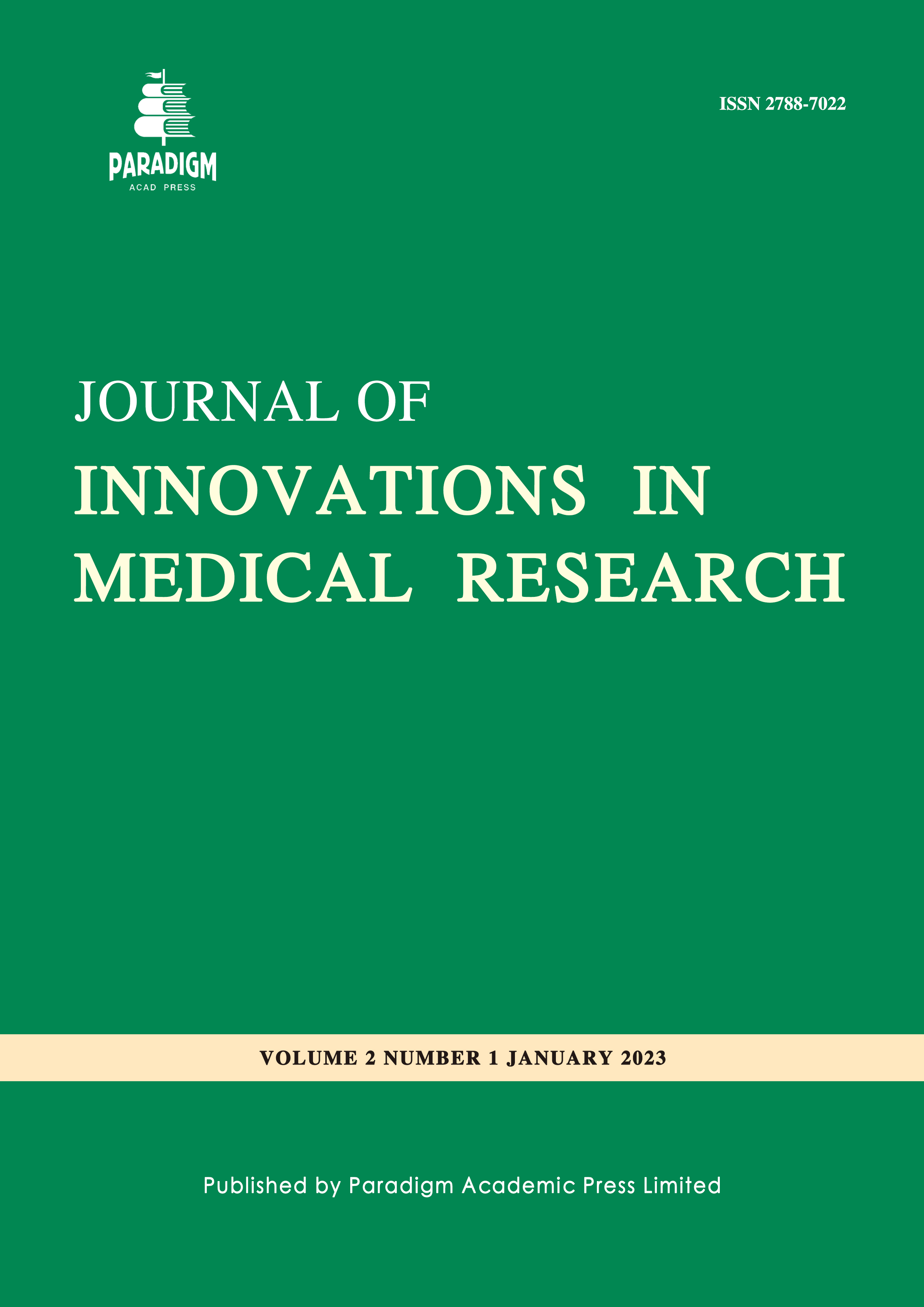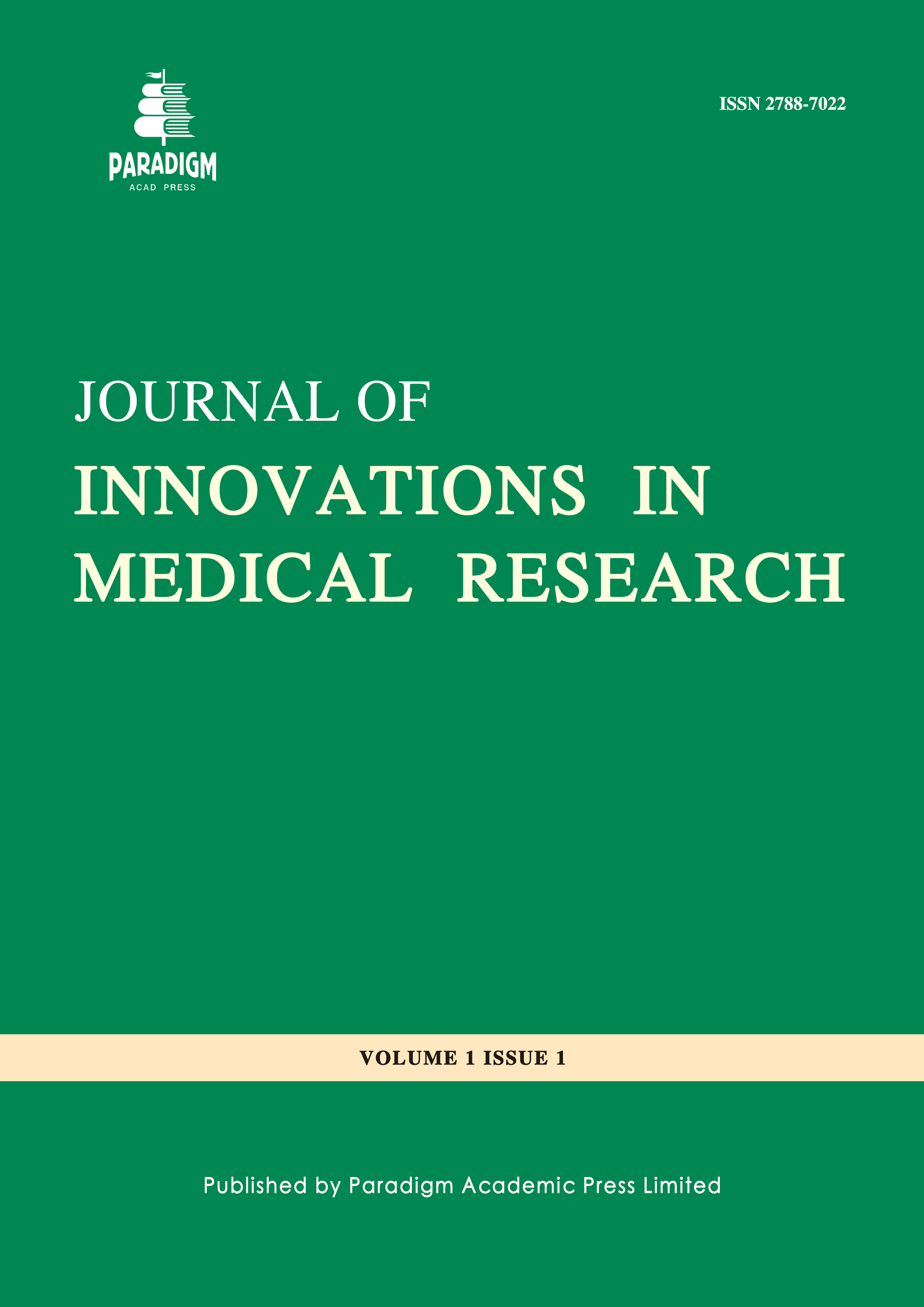Piddling and Moderate-Primary Cutaneous CD4+ Small/Medium T Cell Lymphoproliferative Disorder
Keywords:
T cell, lymphoproliferative, dermal infiltrateAbstract
Initially contemplated as a provisional subtype of cutaneous T cell lymphoma (CTCL), primary cutaneous CD4+ small / medium T cell lymphoproliferative disorder manifests as an indolent, solitary cutaneous lesion in the absence of accompanying cutaneous lymphoma as mycosis fungoides. Preponderantly, infiltration of upper dermis with miniature to intermediate, pleomorphic CD4+ T cells in the absence of preceding or concurrent patches and plaques with focal epidermotropism is encountered. Primary cutaneous CD4+ small/medium T cell lymphoproliferative disorder commonly appears in adults as a solitary plaque, tumour or nodule situated upon face, neck, upper trunk or thoracic region. Upon cytology, pleomorphic, miniature, intermediate or occasionally enlarged T lymphoid cells with irregular nuclear contours are variably intermixed with miniature, reactive CD8+ T cells, B cells, plasma cells, histiocytes and monotypic plasma cells. Morphologically, an intense dermal infiltrate of atypical lymphoid cells or small / medium pleomorphic CD4+ T cells extending into subcutaneous tissue appears to configure a diffuse or nodular configuration wherein the enlarged, pleomorphic cells articulate < 30% of neoplastic cellular infiltrate. Neoplastic lymphocytes appear immune reactive to T cell markers as CD3, CD4, CD5 along with T follicular helper markers as CD279 (PD-1), ICOS and CXCL13. Primary cutaneous CD4+ small/medium T cell lymphoproliferative disorder necessitates segregation from mycosis fungoides, cutaneous involvement with systemic T cell lymphoma of T follicular helper immuno-phenotype, benign inflammatory infiltrate, extra-nodal marginal zone (MALT) lymphoma or adult T cell leukaemia /lymphoma. The disorder can be therapeutically managed with intralesional steroids, radiotherapy or surgical extermination of lesion.



